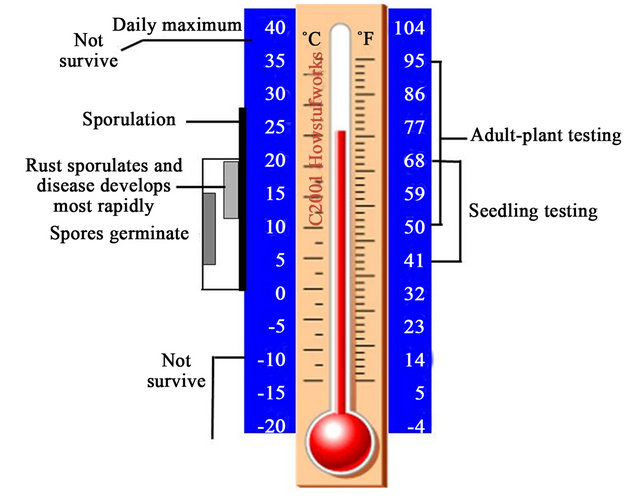A fever– also known as a high fever or a high temperature — is not by itself an illness. It’s usually a symptom of an underlying condition, most often an infection. Fever is usually associated with physical discomfort, and most people feel better when a fever is treated. But depending on your age
Fever symptoms can range from sweating to chills and running a temperature of 100.4 Fahrenheit or higher. Here’s how to reduce and break your fever.
What is normal? Your normal body temperature changes. These changes can be caused by exercise, eating, sleeping and even the time of day – you’ll usually find that your temperature is highest in the early evening and lowest in …


High-flow nasal cannula (HFNC) oxygen therapy is carried out using an air/oxygen blender, active humidifier, single heated tube, and nasal cannula. Able to deliver adequately heated and humidified medical gas at flows up to 60 L/min, it is considered to have a number of physiological advantages


Aug 04, 2014 · High-Dose vs. Standard-Dose Influenza Vaccine


Do you know what your temperature should be? Find out what’s too high, too low, and (pretty much) just right.

Background As compared with a standard-dose vaccine, a high-dose, trivalent, inactivated influenza vaccine (IIV3-HD) improves antibody responses to influenza among adults 65 years of age or older.


High-Flow Nasal Cannula Oxygen Therapy in Adults: Physiological Benefits, Indication, Clinical Benefits, and Adverse Effects Masaji Nishimura MD PhD
Although the average body temperature is 98.6°F (37°C), your normal body temperature might be slightly higher or lower. Here’s what you need to know.
A fever is a body temperature of 100.4 F or greater. Read about causes of fever in adults, symptoms, treatment, medications that …
